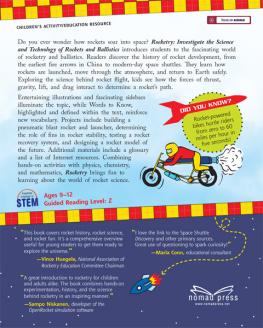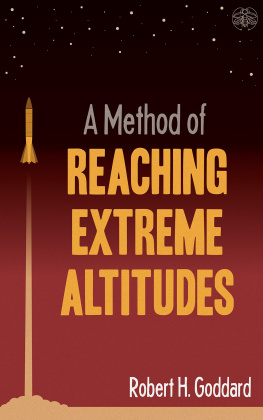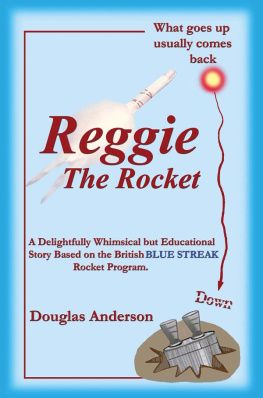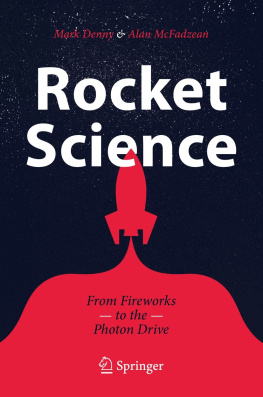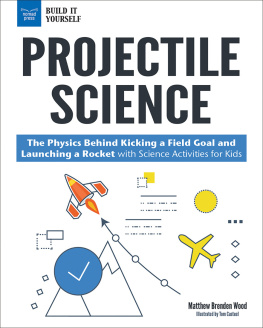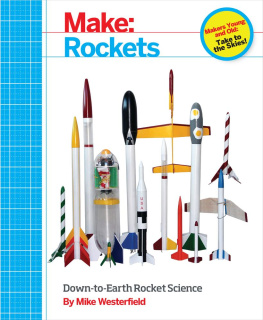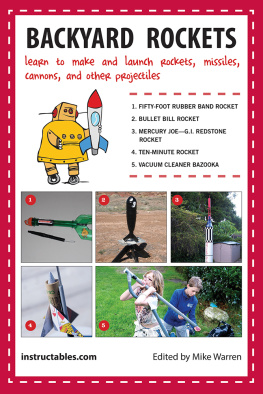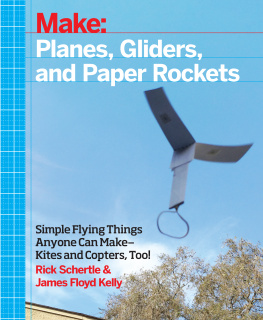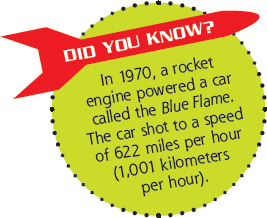Carla Mooney - Rocketry: Investigate the Science and Technology of Rockets and Ballistics
Here you can read online Carla Mooney - Rocketry: Investigate the Science and Technology of Rockets and Ballistics full text of the book (entire story) in english for free. Download pdf and epub, get meaning, cover and reviews about this ebook. year: 2014, publisher: Nomad Press, genre: Children. Description of the work, (preface) as well as reviews are available. Best literature library LitArk.com created for fans of good reading and offers a wide selection of genres:
Romance novel
Science fiction
Adventure
Detective
Science
History
Home and family
Prose
Art
Politics
Computer
Non-fiction
Religion
Business
Children
Humor
Choose a favorite category and find really read worthwhile books. Enjoy immersion in the world of imagination, feel the emotions of the characters or learn something new for yourself, make an fascinating discovery.
- Book:Rocketry: Investigate the Science and Technology of Rockets and Ballistics
- Author:
- Publisher:Nomad Press
- Genre:
- Year:2014
- Rating:3 / 5
- Favourites:Add to favourites
- Your mark:
Rocketry: Investigate the Science and Technology of Rockets and Ballistics: summary, description and annotation
We offer to read an annotation, description, summary or preface (depends on what the author of the book "Rocketry: Investigate the Science and Technology of Rockets and Ballistics" wrote himself). If you haven't found the necessary information about the book — write in the comments, we will try to find it.
Rocketry: Investigate the Science and Technology of Rockets and Ballistics introduces students to the fascinating world of rocketry and ballistics. Readers discover the history of rocket development, from the earliest fire arrows in China to modern-day space shuttles, as well as the main concepts of rocketry, including how rockets are launched, move through the atmosphere, and return to earth safely. Exploring the science behind rocket flight, kids learn how the forces of thrust, gravity, lift, and drag interact to determine a rockets path, then imagine new uses and technologies in rocketry that are being developed today and for the future.
Combining hands-on activities with physics, chemistry, and mathematics, Rocketry brings fun to learning about the world of rocket science. Entertaining illustrations and fascinating sidebars illuminate the topic, while Words to Know highlighted and defined within the text reinforce new vocabulary.
Projects include building a pneumatic blast rocket and launcher, testing a rocket recovery system, and designing a rocket model of the future. Additional materials include a glossary, and a list of current reference works, websites, and Internet resources.
This title meets Common Core State Standards for literacy in science and technology; Guided Reading Levels and Lexile measurements indicate grade level and text complexity.
Carla Mooney: author's other books
Who wrote Rocketry: Investigate the Science and Technology of Rockets and Ballistics? Find out the surname, the name of the author of the book and a list of all author's works by series.

